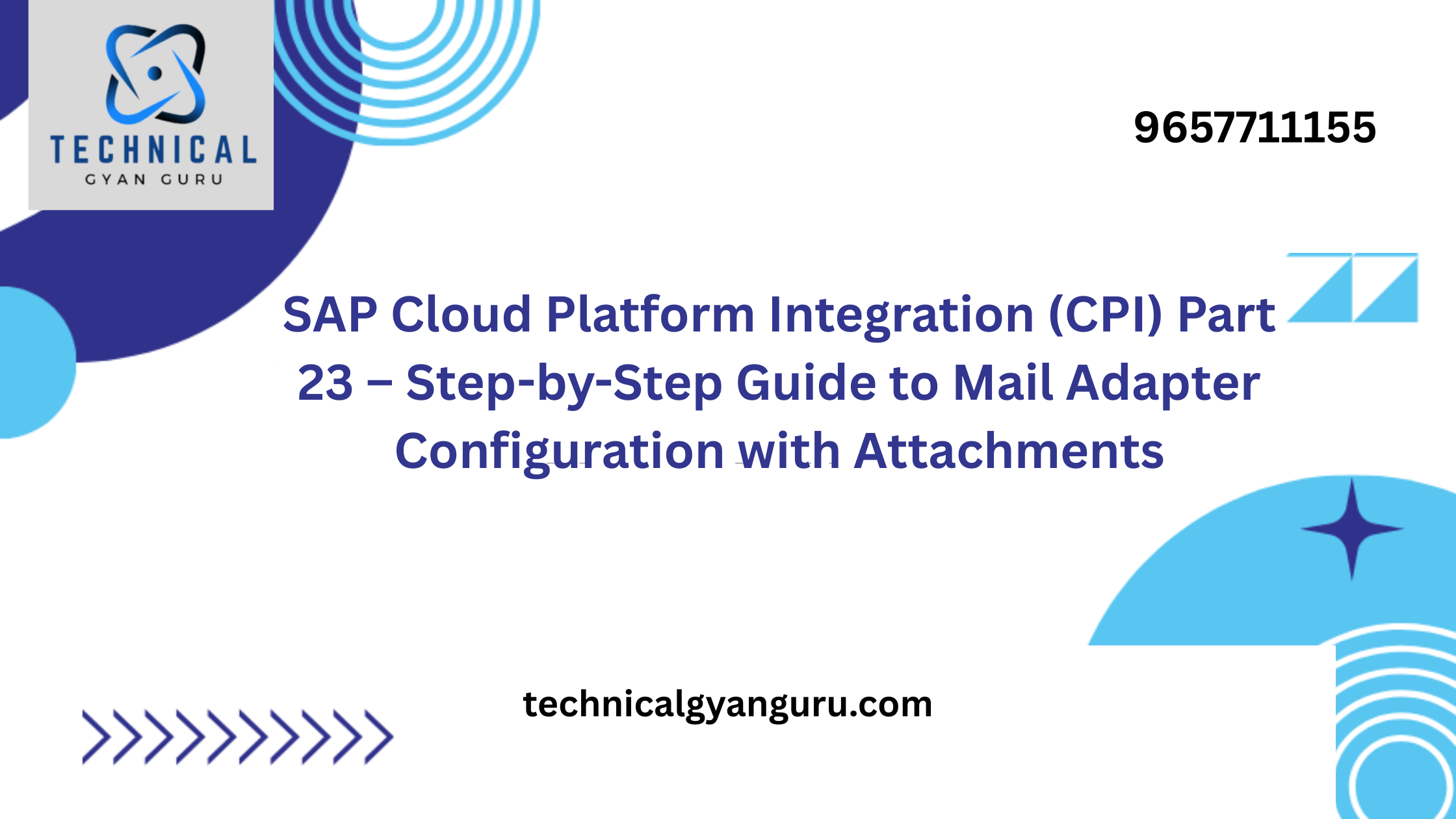Unveiling the journey
IT Operations: In the digital realm, where machines never take a coffee break, and downtime is the ultimate party crasher, the dynamic duo of automation and IT operations takes center stage, not just stealing the show but orchestrating a symphony of efficiency. These performers navigate the complexities precisely, ensuring the spotlight remains firmly on seamless operations, making downtime a forgotten side note in the grand spectacle of IT prowess. In this blog, we unravel the antics of monitoring and incident response automation, changing how businesses handle their IT circus without any clowns!
Monitoring matters

Before delving into automation, let’s emphasize the significance of robust monitoring. Monitoring involves continuously observing various parameters in a complex IT ecosystem—from server health and network traffic to application performance. Such vigilance ensures that potential issues are detected early, preventing small hiccups from snowballing into catastrophic failures.
Observability
In the fast-paced world of IT operations, the term “observability” has gained significant prominence. It has become a key factor in ensuring the smooth functioning of digital systems and applications. It refers to the ability to understand and monitor complex systems in a way that provides clear insights into their behavior. It involves tracking and analyzing various aspects of a system’s performance, including software applications, infrastructure, and networks, to gain a holistic view of how they are operating.
The core components of observability include:
- Logs: Records of events and activities within a system, such as error messages, warnings, and user interactions.
- Metrics: Quantitative data that measures system performance, including CPU usage, memory usage, response times, and more.
- Traces: The ability to trace the path of a transaction or request as it moves through a system, allowing for a detailed view of the flow and potential bottlenecks.
Automation
Automation in monitoring takes this proactive approach to the next level. Rather than relying solely on human vigilance, automation tools are designed to monitor and collect data around the clock, identifying anomalies and deviations from established performance baselines. These tools can generate alerts and notifications in real-time, ensuring that IT teams are promptly informed of any potential concerns.
Unlocking the power of monitoring
As organizations navigate the complexities of modern IT landscapes, adopting monitoring automation becomes a linchpin for success. The pivotal advantages are encapsulated in the following key benefits:
- Swift detection: Automation tools can instantly identify anomalies that might be missed during manual checks, enabling quicker response times.
- Reduced downtime: Automation minimizes downtime and its associated costs by catching and resolving issues early.
- Efficiency: IT teams can focus on strategic tasks instead of spending time on routine monitoring.
- Predictive insights: Advanced analytics within automation tools can predict potential problems based on historical data, allowing for proactive remediation.
The crucial role of incident response automation
Incident response is a critical aspect of maintaining IT infrastructure. When a system breach or performance degradation occurs, swift and precise actions are necessary to mitigate the impact. This is where the automation of incident response steps in. It can help enterprises achieve the following:
- Faster resolution: Automated incident response workflows can initiate predefined actions immediately, reducing the time it takes to address an issue.
- Consistency: Automation consistently ensures that responses follow predefined protocols, minimizing human errors during high-stress situations.
- Scalability: Automation allows IT teams to handle multiple incidents simultaneously without compromising the quality of the response.
- Compliance: Automated incident response can help organizations adhere to compliance regulations by enforcing standardized procedures.
Mastering the art
Effective implementation is crucial for timely and efficient responses in IT incident management. The following best practices provide a framework for the seamless integration of automation while maintaining the essential element of human judgment:
- Define clear processes: Establish well-defined incident response and escalation workflows that can be automated.
- Choose the right tools: Select automation tools that integrate seamlessly with your existing monitoring systems and incident response plans.
- Regular updates: Ensure automated workflows are updated as your IT environment evolves.
- Human oversight: While automation is powerful, human oversight is still necessary to make strategic decisions in complex situations.
Last byte of IT Operations
In conclusion, the marriage of monitoring and incident response automation has the potential to transform IT operations. By combining the vigilance of continuous monitoring with the speed and precision of automated incident response, businesses can bolster their IT resilience, minimize downtime, and ensure a seamless user experience.







